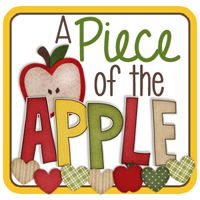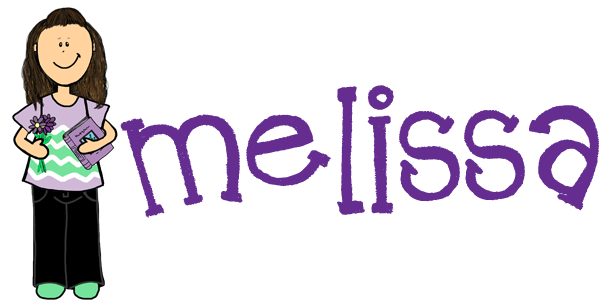I have loved this book, 100 Minutes: Making Every Minute Count in the Literacy Block, so much. It has validated much of what I already do and has given me some ideas and things to think about as well. I hope you have been reading along with us as well. If you missed chapter 4, you can read about it here. If you need to start at the beginning, start here:
I wanted to host this chapter because honestly, writing instruction is one of my personal weakest areas. So, I signed up for Chapter 5: Writing Around the Literacy Block to selfishly help myself.
There's so much within the scope of teaching writing that it can be overwhelming. Where to start? What to teach? How to teach it? How to grade it? When?
I realized as I read that I need to start with the basics. For me, the basics are good, thought-out, direct instruction lessons on writing topics. This is where the heart and base of students' writing improvement lies. Although often the more a student writes, the better he/she gets, it is not always true. And, with instruction based on what students need, improvement is nearly guaranteed.
I love the quote from Nancie Atwell on page 74 about needing to ask ourselves how we get students to take charge of their own thinking and writing. Her answer is through direct lessons. Donohue mentions her frustrations with students asking about low grades and not taking responsibility for their learning. She says the solution to that problem is "beginning with the end in mind." During lessons, the teacher demonstrates and instructs on expectations for a particular style or assignment. Students work together and individually on writing that, through revision, meets the criteria that has been set together. I think most of us have been taught to always give students the expectations for any assignment or behavior, but this goes a step further to show and work with students to set that expectation and example. Then, students slowly move to independence.
My goals for writing instruction next year include the following:
1. Become familiar with many mentor texts and their best uses in teaching students and acting as exemplars.
2. Plan keystone lessons that students will need throughout the school year based on our scope and sequence.
3. Plan lessons that correspond to difficulties I see in students most years.
4. Review student writing throughout the year as we work together and plan lessons based on student need.
5. Stick to planning and teaching direct writing lessons, don't set them aside for other lessons. (That means a commitment to being prepared.)
This is where I think I need to start to help me be a more successful writing teacher. What are your thoughts on this chapter? What is your next step in being a better writing teacher? I'd love any of your advice and tips for me as well. Feel free to leave a comment or link up your own post on Chapter 5 below. You can also ask questions directly to Lisa Donohue, just add them to this form.
On June 13th, be sure to visit





















I love your goals! I agree with you 100% about going back to the basics and really being prepared. i am a bit overwhelmed by the work it is going to take, but I am excited about the changes I will be implementing next year!
ReplyDeleteI agree with the overwhelmed part! I'm attending some PD this week, today was the first day, and it was even more apparent how much time and effort it's gong to take for me to be a better, more effective writing teacher.
DeleteGreat post! I love your goals, especially:
ReplyDelete1.Become familiar with many mentor texts and their best uses in teaching students and acting as exemplars.
2. Plan keystone lessons that students will need throughout the school year based on our scope and sequence.
I couldn't agree more. Thanks so much for hosting and don't forget to link up your post on the linky.
Beth
Become familiar with many mentor texts and their best uses in teaching students and acting as exemplars.
2. Plan keystone lessons that students will need throughout the school year based on our scope and sequence.